Dielectric insert for gas: varieties of gas couplings and installation tips
The connection of gas appliances coupled with power supply takes into account three criteria: reliability, safety for users and equipment, and long service life. For gas water heaters, boilers, convectors or stoves to work without interruptions, a dielectric insert for gas is used - a small polymer insulator mounted in a pipe.
If you decide to independently connect the gas equipment, we recommend installing a dielectric. For what it is needed, what types it is divided into and how it is installed, you can find out from this article.
The content of the article:
Purpose of the insulating insert
First we find out why we need an insulating dielectric coupling for gas and how it works.
The main function of a dielectric is to protect equipment from stray currents that can occur in a gas pipeline for various reasons. Is stray current so dangerous and are there any ways to prevent its occurrence?
It occurs in the ground at the moment when an accident occurs on power lines, railways, tram tracks. Due to the difference in the characteristics of the conductors - the earth and the metal structures of the gas lines, the current is transmitted to the gas system.
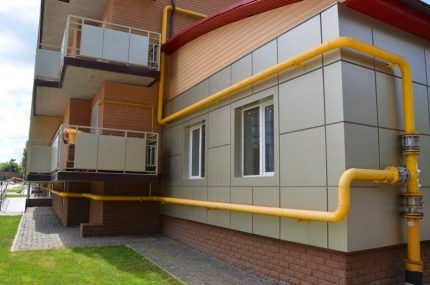
The actions of illiterate neighbors who are in no hurry to replace faulty wiring or simply ground electrical appliances with pipes or batteries can also be a danger.
Here's what happens if stray currents get to your gas equipment:
- gas appliances, most of the parts of which are made of conductive metal parts, become worthless and themselves become sources of danger;
- if a random spark occurs, there is a risk of fire, which becomes thousands of times more dangerous in a gaseous environment. A fire can cause an explosion, and for an apartment building this is a real disaster;
- stray currents transmitted to household appliances and pipes during a thunderstorm or an accident on the power grid can cause serious injury to the user of gas equipment.
In order to maintain their health and foresee any risks, they also use a dielectric coupling on a gas pipe.
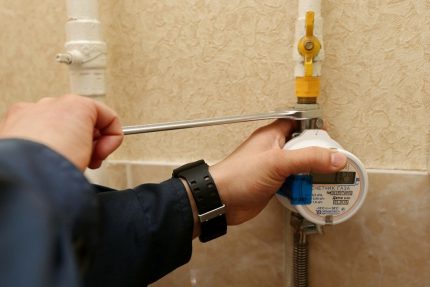
Now the insert of the dielectric insert into the pipe has become mandatory for everyone who installs gas equipment in the house or apartment, while the functions and characteristics of the equipment do not matter.
The installation of insulating inserts is regulated by law - in paragraph 6.4 SP 42-101-2003 it is said that immediately after the shut-off valve, a dielectric should be installed in order to exclude the presence of leakage currents, surge currents and short circuits to the body in the gas pipeline. True, there is a reservation - the function of an insulating insert can be performed by a flexible sleeve that does not conduct electric current.
Types of dielectric cutoffs
In everyday life, two types of dielectrics are used for gas hose or pipes: simple bushings resembling liners and threaded couplings. Consider the differences between the inserts and choose the best solution for self-installation.
Option # 1 - Bushings
Immediately say that for gas stove installations or mounting speakers you will not need bushings, as they have a slightly different purpose. The task is the same - to protect against stray currents.
But they are mounted where there are flange connections and bolts are used. Simply put, bushings are used for electrical insulation of flange fasteners.
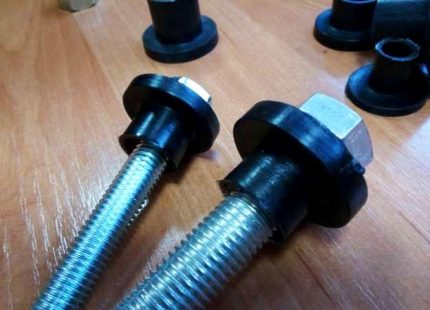
Dielectric inserts made of polyamide PA-6. They are resistant to external influences and have a long service life.
Technical characteristics of gas bushings:
- frost resistance - withstand low temperatures up to -60 ° C;
- elasticity and a high degree of abutment to metal elements;
- benzo- and oil resistance at temperatures up to +120 ° С;
- ability to withstand multiple alternating loads.
Products are marked by diameter in mm, for example, from M 8 to M 24. The manufacturer indicates the diameters of suitable flanges, bolts, washers in special tables. There you can specify the height of the shoulder and the length of the bushings.
Option # 2 - Couplings
Universal insulating inserts for gas pipes are connected by the coupling method, therefore often they are called fitters - couplings.
They differ in the type of thread, diameter, material of manufacture, external design, but they perform the same function - they cut off the currents generated on gas pipefrom equipment.
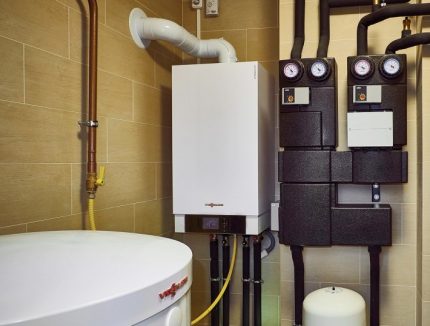
The inserts are made in the factory according to GOST or TU. They are produced in special molds in an automatic way, using screw extrusion of two materials: insulating polymer and metal for threaded pipes. Polymer material meets requirements GOST 28157-89.
Products are designed for operation at a working pressure of 0.6 MPa, a critical figure of 1.2 MPa. Operating temperature on average - from -20 ° C to +80 ° C.
By GOST 14202-69 gas inserts belong to group 4 (combustible gases) and are marked in yellow, but products with a black polyamide part can also be found on sale.
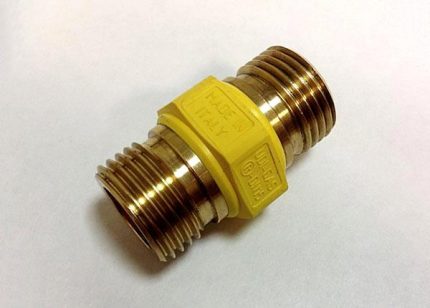
It is better to purchase products from well-known brands, rather than Chinese fakes, and choose products based on the following criteria:
- fire safety - threaded metal elements do not burn, and plastic do not support combustion;
- wear resistance and durability - high-quality parts are made of brass and have a 20-year service life;
- suitable specifications - resistance of at least 5 ohms with a sharp increase in voltage to 1000 V.
The best place to install the coupling is between gas tap and flexible eyeliner.
The connection method is threaded, made by winding the device onto the pipe. Fittings can have both external and internal threads.
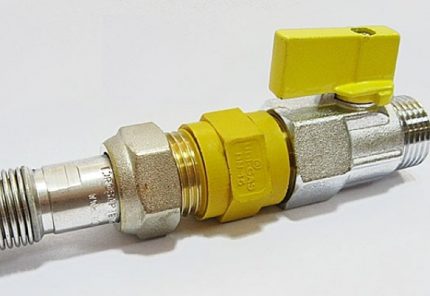
Before buying a dielectric, it is necessary to clarify the diameter of the gas pipe, as well as to choose a flexible eyeliner suitable in size. Sometimes connection hoses are sold with the equipment, so be sure to check the equipment.
The gas isolator is installed for a long time and does not require maintenance, but is constantly under the control of the gas service, which conducts inspections of equipment annually.
The procedure for installing a dielectric on gas
Before any work with gas equipment or highways, it is necessary to turn off the tap to stop the flow of fuel and ensure safety. If a stove, column or boiler has been used before, the burners must be left in working condition so that the remaining gas burns out.
Then proceed in order:
- If the flexible eyeliner is already attached to the pipe, carefully twist the nut with the key. The long-installed fasteners are often “sticky”, so for confidence you can use two keys.
- On the free end of the pipe we wind a sealant - a fum tape and carefully tighten the connection first with your hand and then with a key. Screw the clutch or “barrel” to the limit, trying not to knock down the threads and not deform the dielectric body.
- In the same way, screw the nut of the flexible eyeliner onto the other end.
- We diagnose the connection in a safe way.
Soap solution for checking the tightness of compounds is used not only by users of gas equipment, but also by Gorgaz workers. Diagnosis is simple: apply soap foam with a brush or brush to the joints and observe what happens.
The appearance of bubbles, even small ones, indicates a lack of tightness - the coupling will have to be tightened. If there are no bubbles, the installation is done correctly and you can safely use the equipment.
It is forbidden to use an open flame - matches or lighters to check the gas leak.
Step-by-step instruction:
We remind you that it is impossible to use gas equipment before the arrival of a gas service employee.He must verify, record the fact of the installation of the dielectric and give permission to operate the connected equipment.
And in the future, all activities related to the connection, replacement, repair of gas equipment are carried out together with representatives of the service organization.
Conclusions and useful video on the topic
As in practice, the dielectric is installed in the tap:
The sequence of connecting the column to the gas pipeline:
Now you know how to correctly and quickly install a dielectric insert for gas on the pipe. The installation procedure can be done independently or by a specialist - in any case, the result will be your safety and serviceability of home gas equipment. If you still do not have a dielectric, we recommend installing it, and at the same time changing the gas hose, whose life is limited.
If you had to deal with the installation of a dielectric on a gas pipe, please share your experience with visitors to our site. Leave your comments, ask questions to experts and participate in the discussion of the material. The communication unit is located under the article.

 Gas pipe plug: varieties, selection tips and installation details
Gas pipe plug: varieties, selection tips and installation details 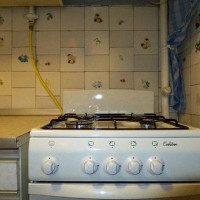 Gas hoses for gas stoves: varieties, how to choose and connect
Gas hoses for gas stoves: varieties, how to choose and connect 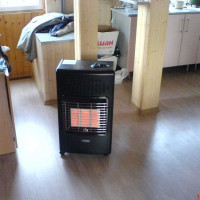 TOP-10 infrared gas burners for space heating: the best models + tips for customers
TOP-10 infrared gas burners for space heating: the best models + tips for customers 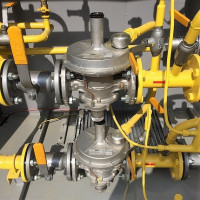 Gas pressure relief valve: types of devices + selection guidelines
Gas pressure relief valve: types of devices + selection guidelines 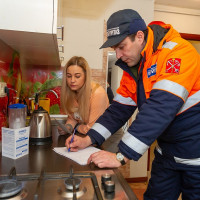 Gas connection in an apartment: procedure and rules for gas connection in apartment buildings
Gas connection in an apartment: procedure and rules for gas connection in apartment buildings 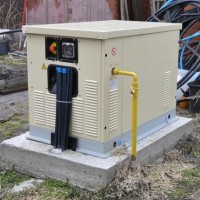 Rating of gas power generators: dozens of popular models and tips for buyers
Rating of gas power generators: dozens of popular models and tips for buyers  How much does it cost to connect gas to a private house: the price of organizing gas supply
How much does it cost to connect gas to a private house: the price of organizing gas supply  The best washing machines with dryer: model rating and customer tips
The best washing machines with dryer: model rating and customer tips  What is the color temperature of light and the nuances of choosing the temperature of the lamps to suit your needs
What is the color temperature of light and the nuances of choosing the temperature of the lamps to suit your needs  Replacement of a geyser in an apartment: replacement paperwork + basic norms and requirements
Replacement of a geyser in an apartment: replacement paperwork + basic norms and requirements
“Suitable technical characteristics - resistance of at least 5 ohms with a sharp increase in voltage to 1000 V” - This is nonsense! What letter did you miss M or G (MΩ or GΩ)? Decide for yourself, but do not write deliberate nonsense. It is about the resistance of the insulator and its characteristics.